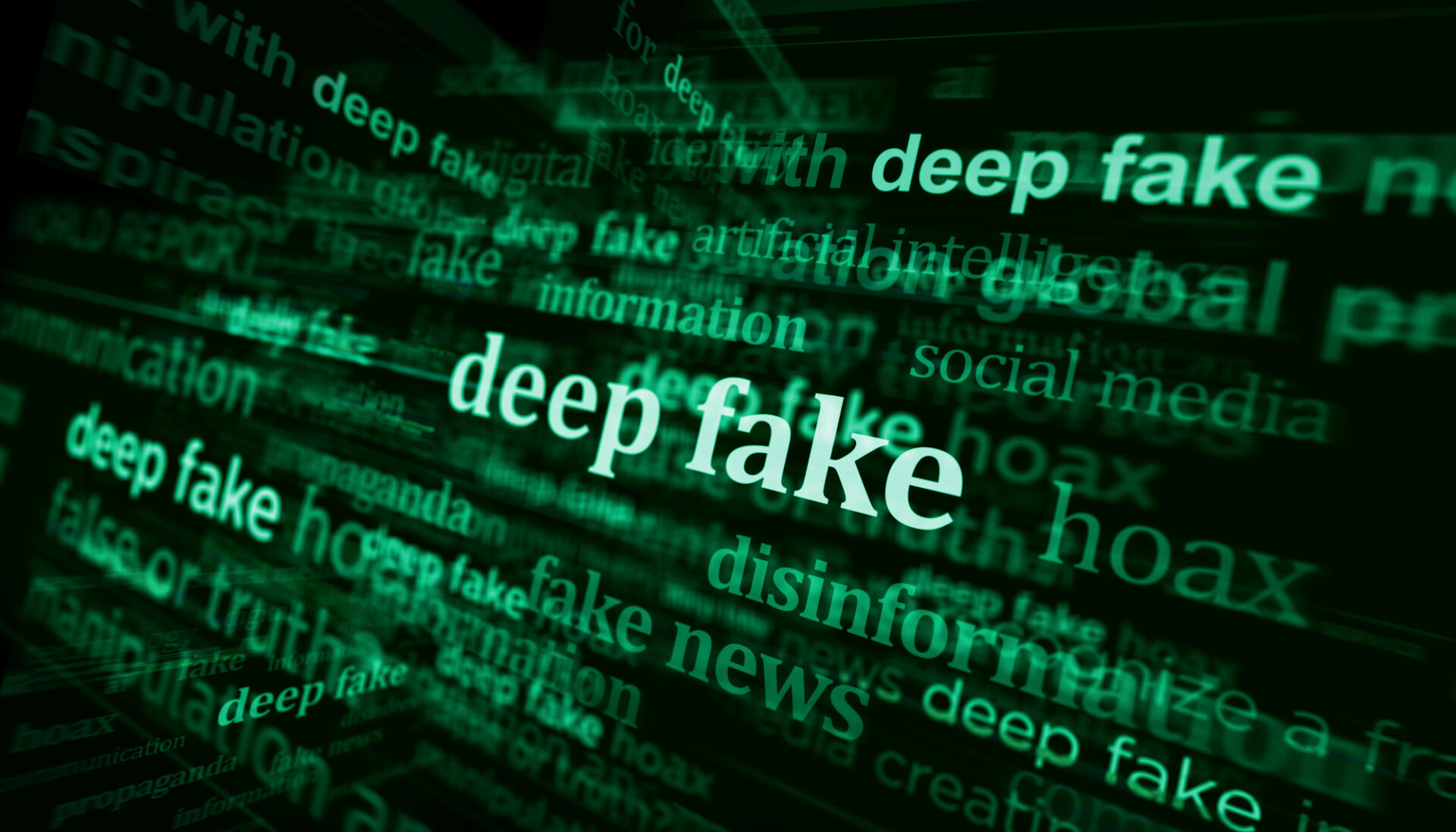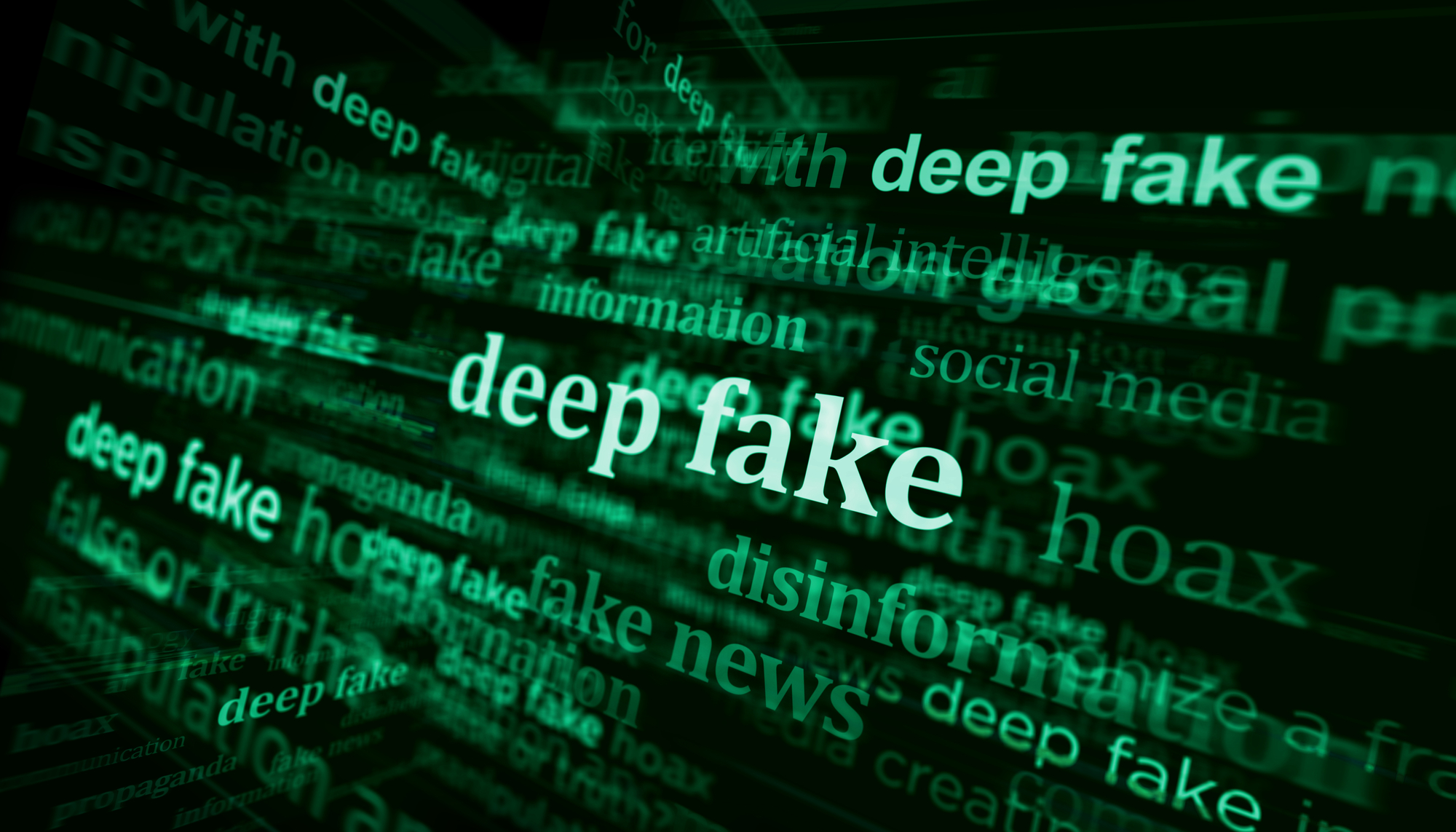
How to prepare employees for a deepfake attack
As technology advances AI has brought forth new challenges for businesses. Most recently the threat of deepfake attacks, AI-generated photos, images or audio files has increased, causing business leaders and employees to raise concerns about how to mitigate risk, protect themselves, and guard their businesses.
Below are three steps business leaders can take to prepare employees for a deepfake attack.
Be Transparent
Before a crisis happens, business leaders must prepare employees for potential risks. If a crisis hits, employees are most often the first ones who have to communicate with angry or scared customers– calming their fears and resolving their problems. Be transparent with your employees and let them know potential risks or threats that a deepfake attacker might take advantage of before it happens.
Examples of deepfake attacks can include the inappropriate use of AI-generated images or the spread of a fictional video on social media. A deepfake attack on a construction company can look very different than one on a dentist’s office. Employees are a company’s front line of defense. It’s crucial to be transparent, clear and upfront about company practices and threats.
Create Steps for Workers to Follow
Most companies already have a crisis playbook to guide them through incidents. If your company does not have a protocol in place for employees to follow in case a crisis hits, start building one immediately. When preparing for deepfake attacks, protocol should include educating employees on how to identify a potential deepfake. In addition, employees should know what to do if they suspect a piece of media is fake. Make the step-by-step guide short and easy to follow. If a crisis hits this protocol will help employees navigate the first 24 hours of a crisis until upper management can step in to provide more direction.
Schedule Trainings
Before a crisis company leaders should hold group meetings with employees to get everyone on board with key messaging and proper crisis protocol. Incorporate crisis messaging into monthly talks and urge company leaders to visit with employees to ensure understanding. Work with your company’s IT team to educate employees on how to identify if the media is a deepfake or not, similar to how companies conduct training on how to identify phishing emails or other scams.
Other Strategies
Other strategies for preparing employees for deepfake crises include preparing a crisis playbook and preserving media connections. Take action now and safeguard your business against deepfakes. Take a look at our free guide on how to prepare for a deepfake crisis.


